
The Poorest Countries in Europe
Europe is known for its immense affluence, yet the continent is not immune to poverty. In an analysis of data from the International Monetary Fund, it is clear that many eastern European countries face pervasive economic distress. Moldova, Armenia, and Bosnia and Herzegovina are among the poorest countries in Europe. While these nations have varying levels of GDP per capita according to Purchasing Power Parity (PPP), all suffer from poverty rates significantly higher than wealthier nations like Germany or France. To get a grasp on the economic playing field, one must identify the factors underlying inequality among European countries.
The 10 Poorest Countries in Europe:
- Moldova - GDP per capita (PPP): $17,779
- Armenia - GDP per capita (PPP): $18,007
- Bosnia and Herzegovina - GDP per capita (PPP): $18,956
- Albania - GDP per capita (PPP): $19,009
- North Macedonia - GDP per capita (PPP): $21,103
- Belarus - GDP per capita (PPP): $22,644
- Serbia - GDP per capita (PPP): $25,718
- Montenegro - GDP per capita (PPP): $27,616
- Bulgaria - GDP per capita (PPP): $31,302
- Greece - GDP per capita (PPP): $38,610
1. Moldova - GDP per capita (PPP): $17,779
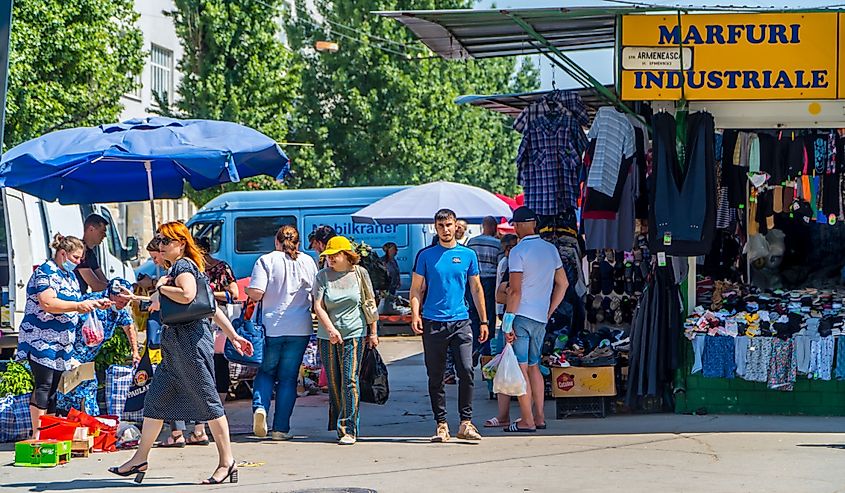
- Population: 2,553,000
- GDP per capita (PPP): $17,779
- GNI per capita: $5,370
Moldova is a small landlocked country located in Eastern Europe. It is one of the poorest nations in Europe, with an estimated 26% living in poverty. Most of the population work in agriculture and food processing, despite unemployment rates hovering around a favorable 4%. In recent years, the nation has suffered from a brain drain of highly educated citizens leaving for better pay abroad. Political instability and corruption have also been significant issues. In addition, the lack of infrastructure has hampered economic development, leaving Moldova struggling to catch up with its European neighbors.
2. Armenia - GDP per capita (PPP): $18,007
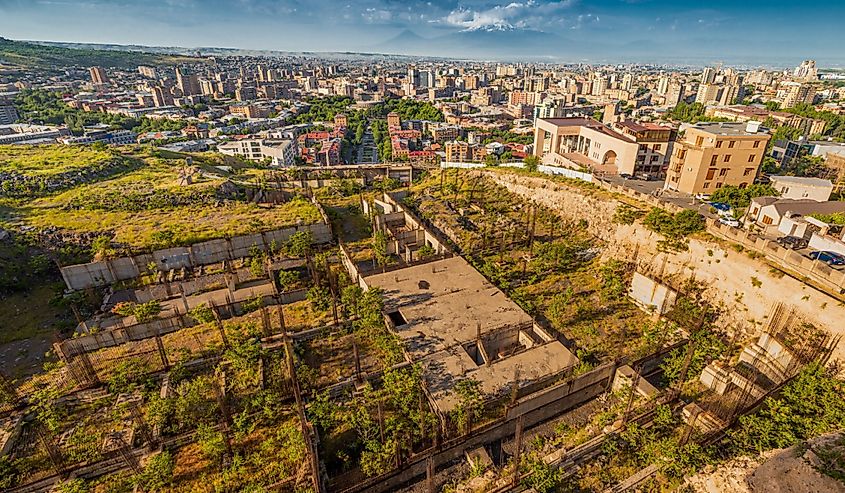
- Population: 2,964,000
- GDP per capita (PPP): $18,007
- GNI per capita: $4,850
Armenia is a developing country with a struggling economy due to years of political and economic instability. The nation has endured a long history of foreign occupation, wars, civil conflict, and economic sanctions. This troubled past has led to high unemployment and poverty in the country. The healthcare system is underdeveloped, and many lack access to essential services like clean potable water. Corruption is rampant in government institutions, and the banking sector has yet to modernize or adequately invest in technology. In addition, a weak currency further contributes to poverty. Armenia remains a largely rural country, with approximately 28% of its population relying on agriculture for their livelihoods.
3. Bosnia and Herzegovina - GDP per capita (PPP): $18,956
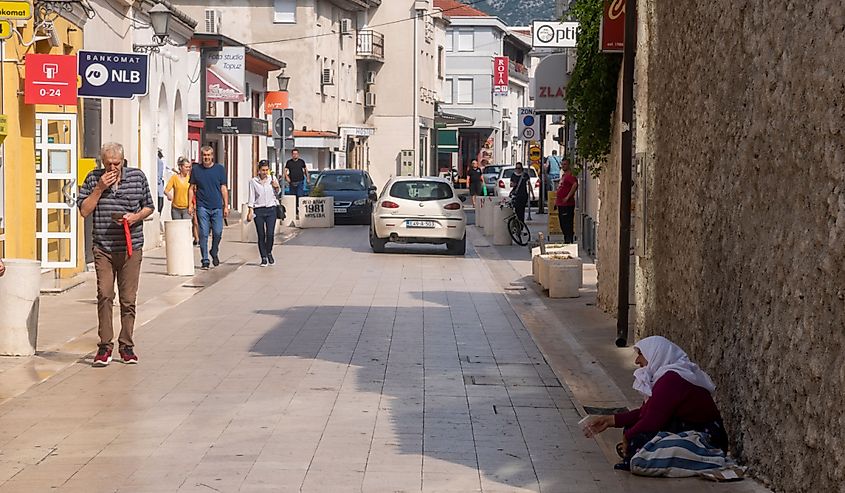
- Population: 3,443,000
- GDP per capita (PPP): $18,956
- GNI per capita: $6,810
Bosnia and Herzegovina is one of the poorest countries in Europe. It has endured a legacy of wars, corruption, and economic turmoil that have caused severe social and financial hardship for its people. In addition, global events such as the pandemic regularly disrupt the economy's heavy reliance on remittances from abroad. Moreover, tensions between ethnic groups remain high and hinder reconciliation efforts. Additionally, the industry sector is inefficient and limited, which prevents the country from developing its infrastructure and creating jobs. As a result, poverty levels remain persistently high, with almost 19% of its citizens living below the national poverty line, and a further 50% vulnerable to falling below the line.
4. Albania - GDP per capita (PPP): $19,009
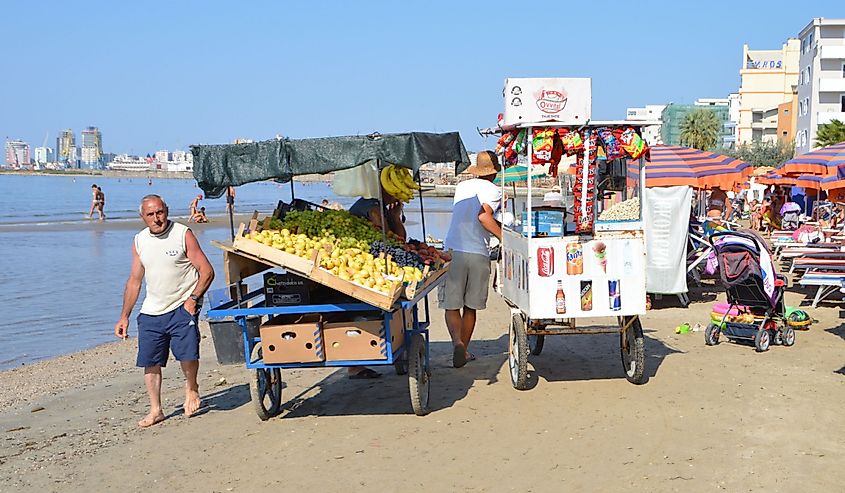
- Population: 2,806,000
- GDP per capita (PPP): $19,009
- GNI per capita: $6,110
Despite its stunning landscapes, Albania is an emerging country due to many factors, such as high unemployment, low wages, and a lack of industry. After the fall of communism in 1991, Albania saw an economic collapse and had difficulty recovering. In recent years, the country has relied heavily on foreign aid and remittances from Albanian emigrants to bolster its economy. Furthermore, corruption and weak economic structures continue to plague the nation, which has prevented growth in GDP per capita and other indicators of prosperity. As a result of these issues, Albania still has one of the lowest levels of economic development in Europe.
5. North Macedonia - GDP per capita (PPP): $21,103
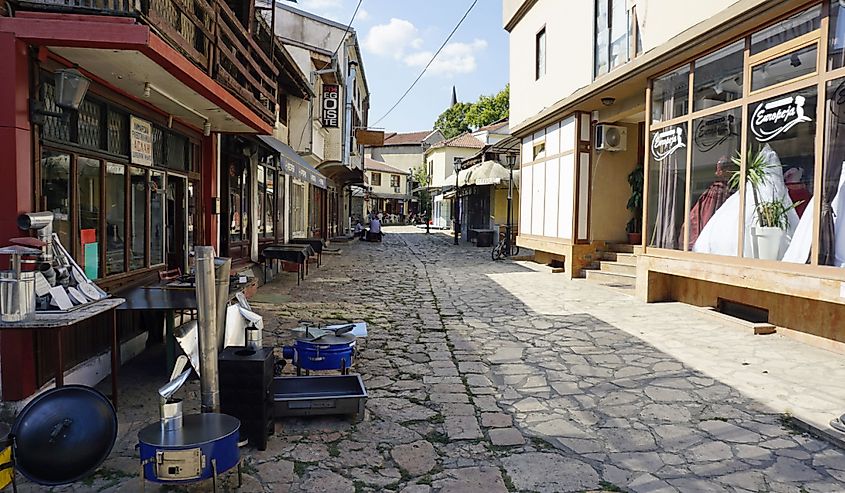
- Population: 1,829,000
- GDP per capita (PPP): $21,103
- GNI per capita: $6,190
North Macedonia is a small, landlocked country in the Balkans region of Europe. Civil unrest, political instability, and economic backwardness have plagued the nation for most of its history. These trials ultimately resulted in persistent poverty and a lack of economic development. The country has an unemployment rate of over 16%, and its GDP per capita is one of the lowest in Europe. In addition, North Macedonia has limited resources and infrastructure, which impede the progress made by its people. As a result, despite significant progress made in recent years, North Macedonia remains one of the poorest countries in Europe, with an average income far below the European average.
6. Belarus - GDP per capita (PPP): $22,644
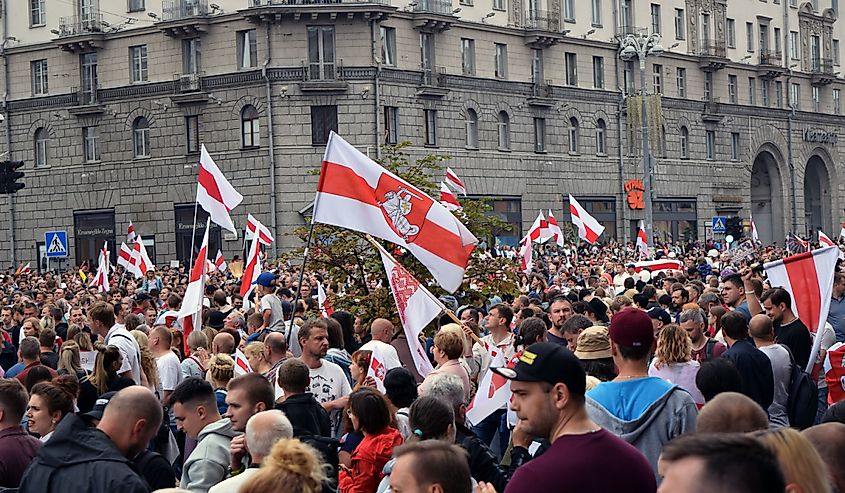
- Population: 9,274,000
- GDP per capita (PPP): $22,644
- GNI per capita: $6,940
Belarus is in Eastern Europe, with a struggling economy and lack of economic reform. It has one of the lowest per capita incomes in Europe and an increasingly aging population. Its corrupt government system limits business investment opportunities, leading to a stagnant economy with limited growth. There is also an energy crisis due to reliance on Russia for energy exports. Economic sanctions from the European Union have further worsened this situation. High unemployment, inflation, and poverty are rampant throughout the country. These issues have resulted in Belarus being one of the poorest countries in Europe.
7. Serbia - GDP per capita (PPP): $25,718
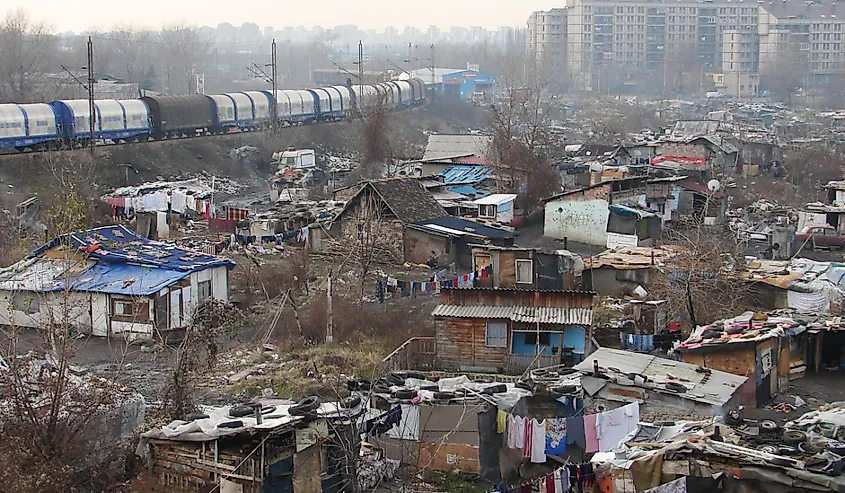
- Population: 6,807,000
- GDP per capita (PPP): $25,718
- GNI per capita: $8,460
Serbia is a country located in southeastern Europe. It has an estimated population of 6.9 million people. It is one of the poorest countries in the region, with a per capita income that was slightly higher than Bosnia and Herzegovina's in 2022. Serbia's economy relies on exporting goods like textiles, chemicals, and pharmaceuticals, but it has struggled to diversify its industries and thus depends on domestic production for growth. In addition, the country has been dealing with low levels of foreign investment for many years, leading to high unemployment rates and a lack of access to new technologies. Poor infrastructure also plagues Serbia, making it difficult for citizens to travel or receive goods from other countries. These issues are compounded by corruption and poor governance, often resulting in citizens feeling disillusioned or disenfranchised from their government.
8. Montenegro - GDP per capita (PPP): $27,616
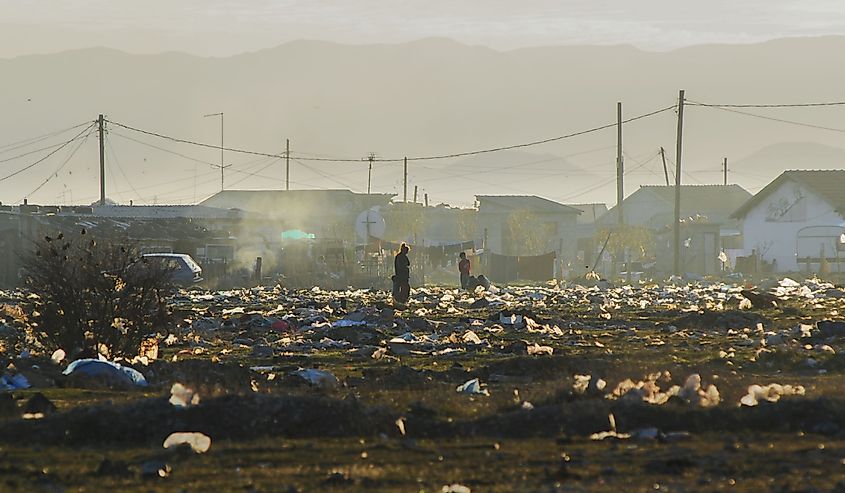
- Population: 619,100
- GDP per capita (PPP): $27,616
- GNI per capita: $9,340
Montenegro is a small country in southeastern Europe known for its stunning Adriatic coastline. However, despite its beauty and rich cultural heritage, Montenegro remains one of the poorest countries in Europe. Nearly one-fifth of the population lives below the poverty line, with some estimates even higher than that. Montenegrin workers receive low wages across all sectors, and government corruption contributes to the low economic output. With high unemployment and an aging population, it will be possible for Montenegro to break out of its cycle of poverty with sustained investment from domestic and international sources.
9. Bulgaria - GDP per capita (PPP): $31,302
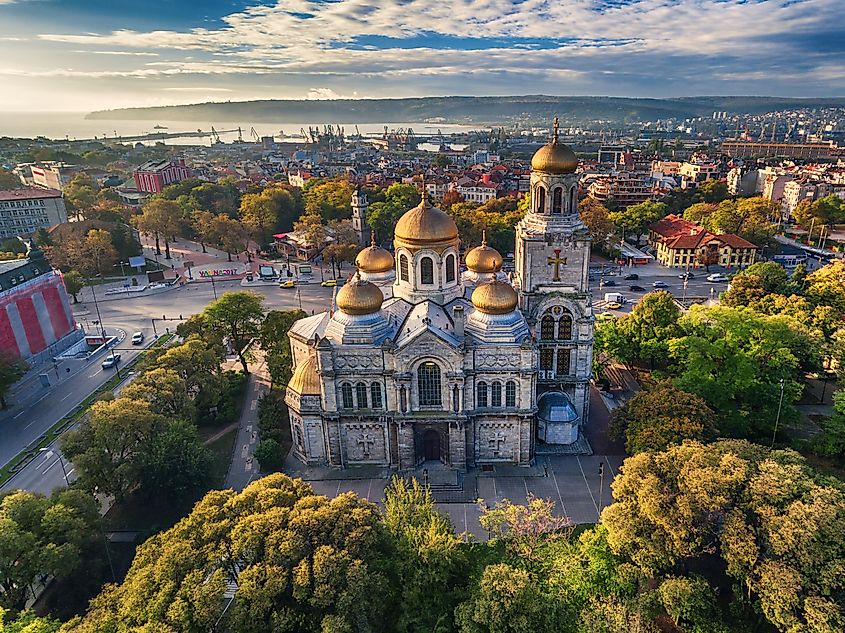
- Population: 6,855,000
- GDP per capita (PPP): $31,302
- GNI per capita: $11,200
Bulgaria is a country steeped in history and strife, located in the southeastern corner of Europe. The nation has long suffered from poverty and political unrest, leading to a sluggish economy that cannot keep up with its nearby European counterparts. As a result, the country's gross domestic product is less than other nearby European countries, and it has one of the lowest per capita incomes in the continent. The recent global financial crisis further compounded the nation's economic struggles. The economy has declined for much of the last century due to the loss of industry and lack of investment in new sectors. As a result, poverty is endemic to Bulgaria, particularly among rural populations. Close to 24% of Bulgarians live below the poverty line, and many do not have access to essential services such as clean water, health care, and education. High unemployment rates further exacerbate financial hardship for citizens. Furthermore, corruption remains a significant challenge, and more transparent government policies are needed to encourage foreign investment and boost economic growth.
10. Greece - GDP per capita (PPP): $38,610
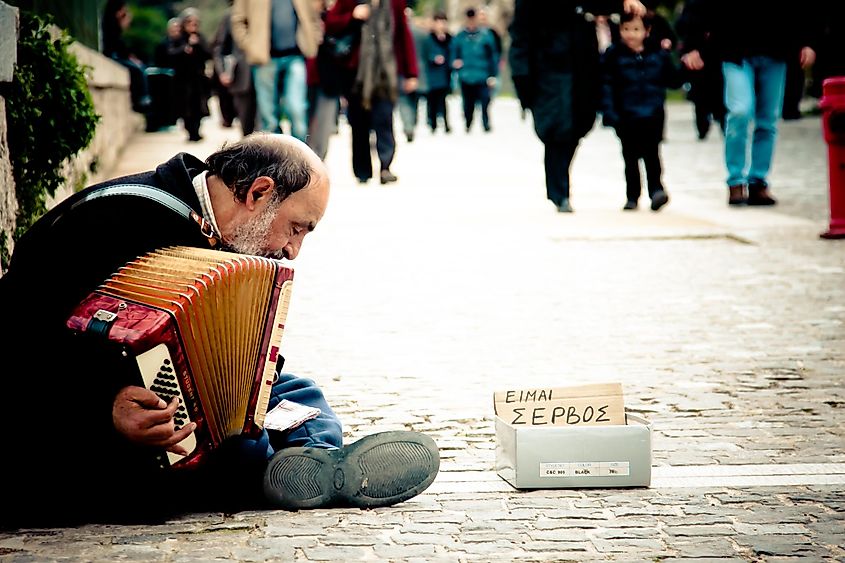
- Population: 10,640,000
- GDP per capita (PPP): $38,610
- GNI per capita: $20,000
Greece is currently facing a financial crisis due to its enormous debt. Since 2009, the public debt has increased by more than 200 percent, reaching over $350 Billion by September of 2022. This deficit resulted from economic mismanagement and an oversized public sector caused by years of uncontrolled borrowing from international markets that Greece was ill-prepared to repay. The country also suffers from several structural weaknesses, such as poor tax collection, corruption, bureaucratic inefficiency, and an uncompetitive business environment that discourages investment. As a result, unemployment remains high and economic growth has been low for several years. In addition, the coronavirus pandemic has severely impacted Greece's tourism industry which makes up around 20 percent of its GDP.
With fewer tourists coming into the country, many businesses have closed down, resulting in reduced income and underdeveloped public services. Furthermore, international lenders' continued demand for austerity measures as preconditions for future loans has further strained government finances. All of these factors combined create a financial situation that continues to pressure the Greek economy. It is, therefore, essential that Greece's leadership finds long-term solutions to secure lasting financial stability and reduce Greece's reliance on external financing.
Transcontinental Countries
- Azerbaijan GDP per capita (PPP): $18,310
- Georgia GDP per capita (PPP): $21,380
- Russian Federation GDP per capita (PPP): $32,390
- Kazakhstan GDP per capita (PPP): $32,950
Azerbaijan has a GDP per capita (PPP) of $18,310 and is considered poor due to a heavily skewed economy that mainly relies on its natural resources for income. This circumstance leaves much of the population underrepresented and needing help to secure gainful employment or stable wages. Furthermore, some significant participation gaps exist between ethnicities and genders, which contributes to poverty being more widespread amongst certain sections of society.
Georgia's score of $21,380 for its GDP per capita (PPP) further demonstrates its struggle with poverty issues. The conflict between Georgia and Russia over breakaway regions Abkhazia and South Ossetia severely weakened its economy by damaging infrastructure and displacing citizens from those territories driving them into poverty. Added to this were long-term economic reforms undertaken since independence in 1991 which are still being felt today, along with individual mismanagement of government funds leading to corruption in some areas.
The Russian Federation also suffers from widespread economic difficulties mainly caused by a lack of trust amongst investors combined with global sanctions put into place following its annexation of Crimea in 2014. These measures, which have increased during the invasion of Ukraine, have reduced investments in the country and capital available within it, resulting in an overall GDP Per Capita (PPP) score of $32,390 despite having one of Europe's largest economies.
Finally, Kazakhstan has a relatively high GDP Per Capita (PPP) score compared to the other nations mentioned. However, this doesn't necessarily mean that poverty is not an issue there, too, based on its reported figure of $32,950. High unemployment rates across many parts of Kazakhstan, alongside a worrying reduction in regional healthcare provision, indicate significant problems faced by many people living below the breadline due to socio-economic issues often beyond their control.
Counclusion
The countries of Europe are diverse and complex in terms of their economic and social well-being. Various factors contribute to poverty, including political unrest, corruption, inadequate access to education, and other forms of inequality. The ten poorest countries in Europe are particularly vulnerable to the current state of global affairs. For these nations to make meaningful progress toward mitigating poverty levels, governments must prioritize strengthening the economy through comprehensive legislative reforms to improve working conditions and increase access to education. Only with a holistic approach will a real change begin to take shape in these vulnerable European societies.
The 20 Poorest Countries in Europe
| Rank | Country | GDP Per Capita (PPP) |
|---|---|---|
| 1 | Moldova | $17,779.00 |
| 2 | Armenia | $18,007.00 |
| ** | Azerbaijan | $18,310.00 |
| 3 | Bosnia and Herzegovina | $18,956.00 |
| 4 | Albania | $19,009.00 |
| 5 | North Macedonia | $21,103.00 |
| ** | Georgia | $21,380.00 |
| 6 | Belarus | $22,644.00 |
| 7 | Serbia | $25,718.00 |
| 8 | Montenegro | $27,616.00 |
| 9 | Bulgaria | $31,302.00 |
| ** | Russian Federation | $32,390.00 |
| ** | Kazakhstan | $32,950.00 |
| 10 | Greece | $38,610.00 |
| 11 | Latvia | $40,200.00 |
| 12 | Croatia | $40,480.00 |
| 13 | Slovak Republic | $40,550.00 |
| 14 | Romania | $40,670.00 |
| ** | Türkiye | $40,880.00 |
| 15 | Portugal | $43,950.00 |
| 16 | Poland | $44,250.00 |
| 17 | Hungary | $44,430.00 |
| 18 | Lithuania | $48,340.00 |
| 19 | Spain | $48,590.00 |
| 20 | Estonia | $48,640.00 |
source: www.imf.org - 07/Feb/2023, **: transcontinental countries











